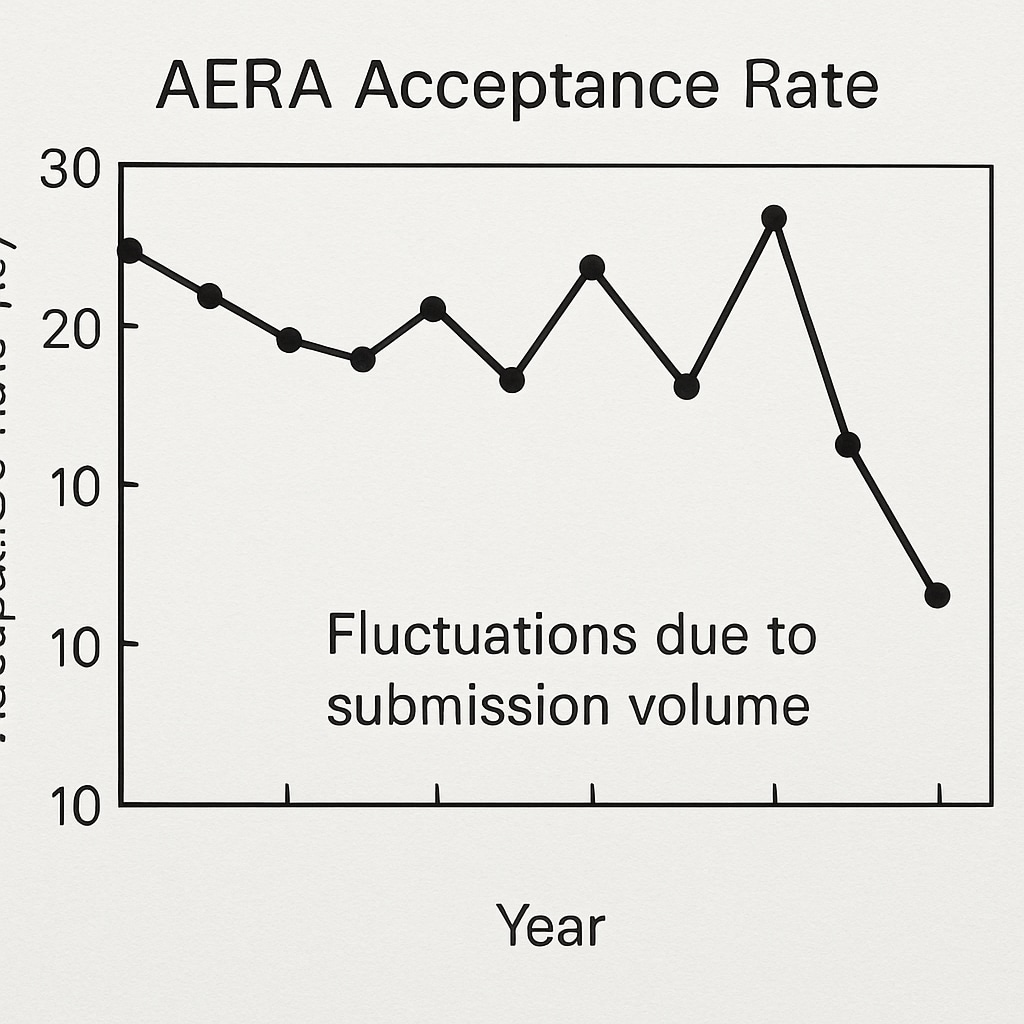The AERA Annual Meeting is one of the most prestigious platforms for education researchers, particularly those focused on K-12 education. With its competitive acceptance rates and rigorous review process, understanding how to navigate AERA’s submission system is critical for scholars aiming to present their work. This article breaks down the acceptance rates, submission guidelines, and practical strategies to help you succeed in showcasing your research.
Understanding the Submission Process and Acceptance Rates
The American Educational Research Association (AERA) Annual Meeting attracts thousands of submissions each year, covering diverse topics within the education sector. The acceptance rate is typically around 30%–40%, making it highly selective but not impossible to penetrate.
AERA evaluates submissions through a blind peer-review process. Reviewers assess proposals based on criteria such as originality, methodological rigor, and relevance to contemporary education challenges. As a result, the quality of your submission plays a pivotal role in determining acceptance.

Strategies for Crafting a Competitive Submission
To stand out in the crowded field of AERA submissions, researchers must focus on certain critical areas:
- Select a Niche Topic: Focus on an area that addresses pressing issues in K-12 education or introduces innovative methodologies.
- Write a Clear and Concise Abstract: Your abstract should summarize the research objectives, methods, and findings while emphasizing its significance.
- Use Robust Methodology: Highlight the rigor of your study design, data collection, and analysis methods.
- Follow Submission Guidelines: Ensure your proposal adheres to all AERA formatting and word count requirements.
Moreover, collaborating with colleagues for feedback and pre-submission reviews can enhance the quality of your paper. For additional guidance, the AERA official website offers resources tailored to first-time submitters.
What Happens After Submission?
Once submitted, your proposal will undergo a rigorous review process. Expect to receive detailed feedback from reviewers, whether your paper is accepted or not. This feedback can be invaluable for improving your work and preparing for future submissions.
Accepted papers are often assigned to specific presentation formats, including roundtables, poster sessions, or paper discussions. Familiarizing yourself with these formats can help you prepare effectively for your presentation.

Key Takeaways for Aspiring AERA Presenters
Here are the most crucial points to remember:
- Start early to ensure your research is polished and aligns with AERA submission criteria.
- Leverage peer feedback to refine your proposal before submission.
- Follow up with reviewers’ comments to improve your future submissions, regardless of acceptance status.
- Plan your presentation format and materials well in advance to maximize engagement during the conference.
By adhering to these strategies, K-12 education researchers can boost their chances of securing a spot at the AERA Annual Meeting and making a meaningful impact in the field.
Final Thoughts
The AERA Annual Meeting remains a beacon for education researchers worldwide. While its competitive acceptance rates can be intimidating, a well-crafted and rigorously prepared submission can pave the way to success. Use the strategies and insights shared in this article to confidently navigate the submission process and showcase your work on this esteemed academic stage.
For more information about AERA’s submission guidelines, visit the American Educational Research Association page on Britannica.
Readability guidance: This article uses concise paragraphs, lists, and a clear structure to ensure accessibility for readers. The tips and insights provided are actionable and tailored to the needs of researchers in K-12 education.


